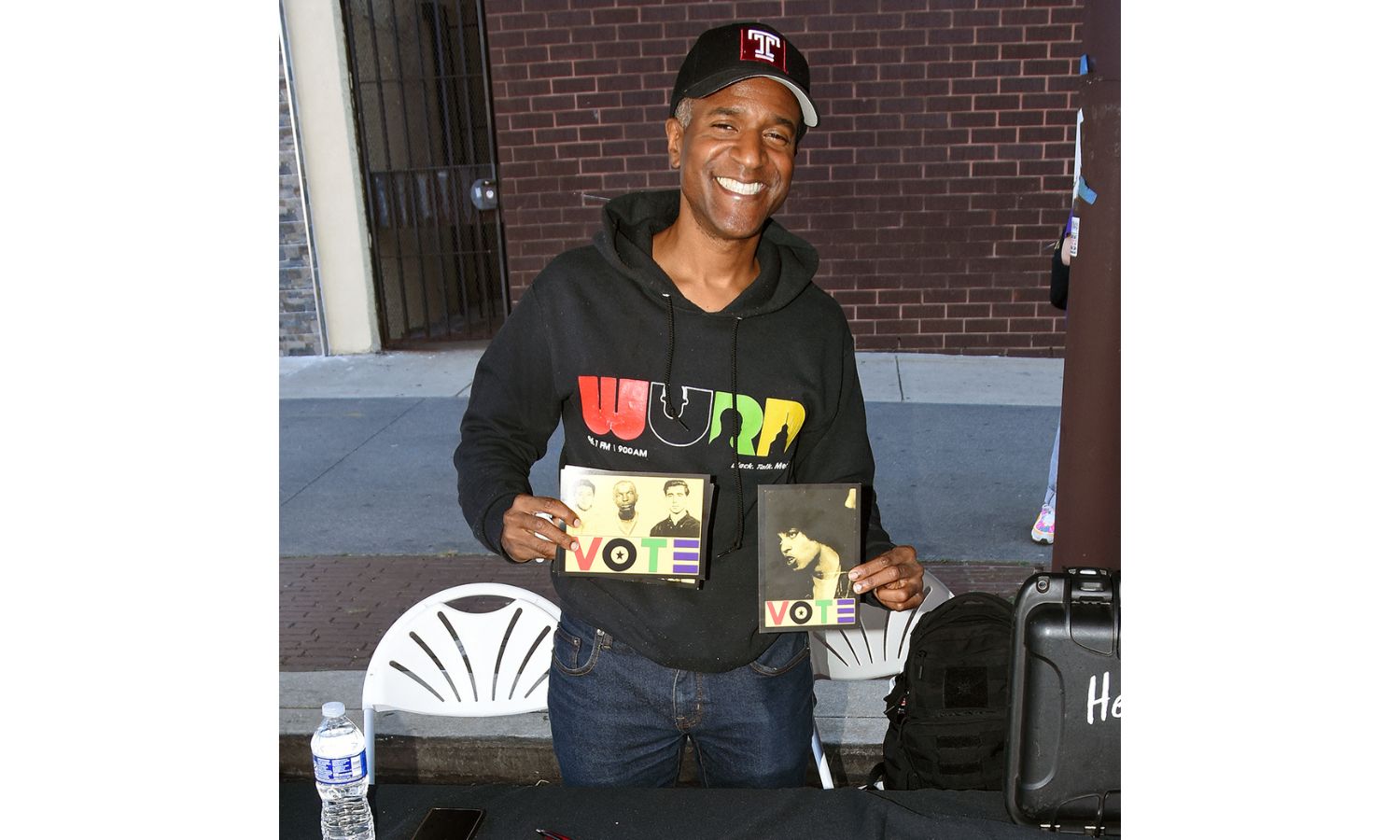Journalism and Media, Vol. 4, Pages 665-678: Sports Organizations and Their Defensive Mediatization Strategies: The Sports Journalist’s Perspective
Journalism and Media doi: 10.3390/journalmedia4020042
Authors: Neil O’Boyle Aaron Gallagher
This article provides empirical evidence of ‘defensive mediatization strategies’ in the field of sport. These are strategies used by actors individually and collectively to control and sometimes avoid media publicity—for example, by refusing requests for media interviews, or in the case of an organization, by making media literacy training available to its staff. In this article, we use the concept of defensive mediatization strategies to identify and illuminate some of the challenges facing professional sports journalists in the postbroadcast era. The article draws on findings from an ongoing study of the relationships between professional sports organizations, athletes, and journalists, but reports only on interviews conducted with experienced sports journalists in Ireland and Britain (n = 16). Our analysis identifies a number of defensive mediatization strategies used by sports organizations, including increased levels of in-house media, differential treatment of journalists, and an increasingly competitive stance towards journalism generally. We also consider a potentially more pernicious strategy: the hiring of professional sports journalists as internal communications advisers—a switching of role positions that might be termed ‘poacher turned gamekeeper’. The article organizes findings according to the three categories of defensive mediatization strategies identified in the extant literature (persistence, shielding, and immunization) and proposes a fourth category, which we label steering.

 1 year ago
37
1 year ago
37

